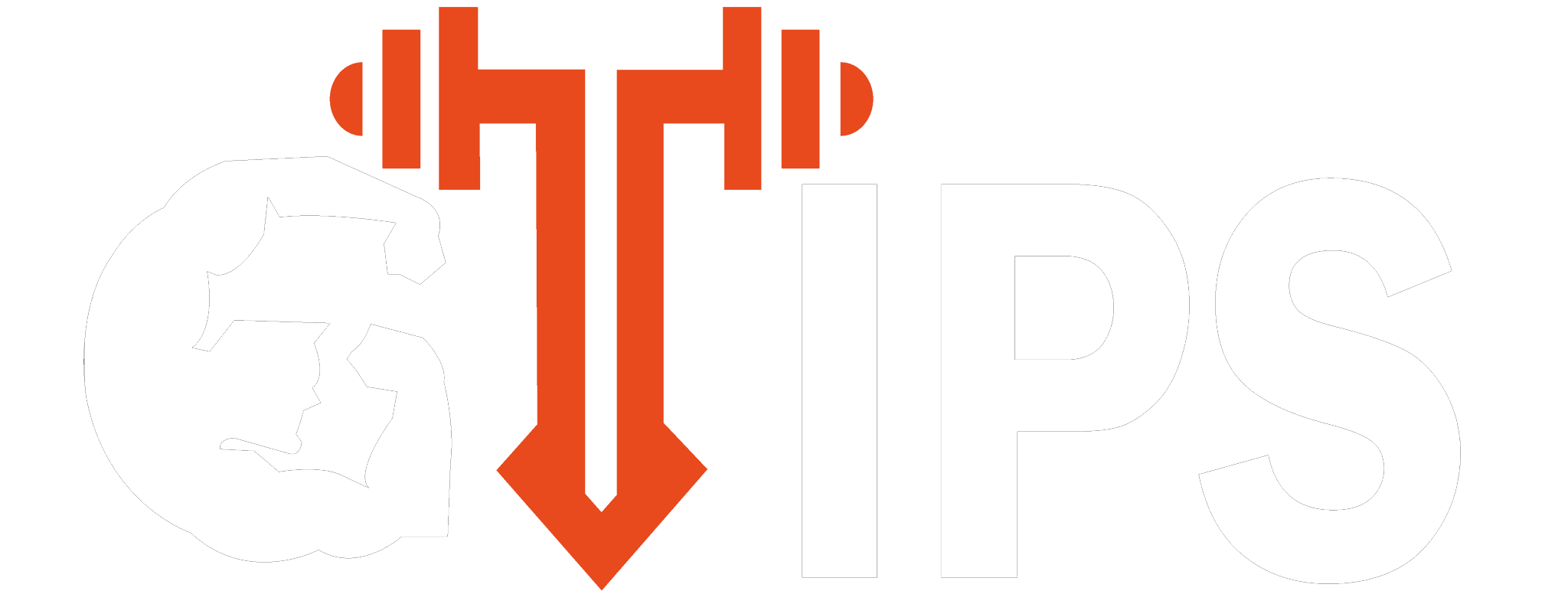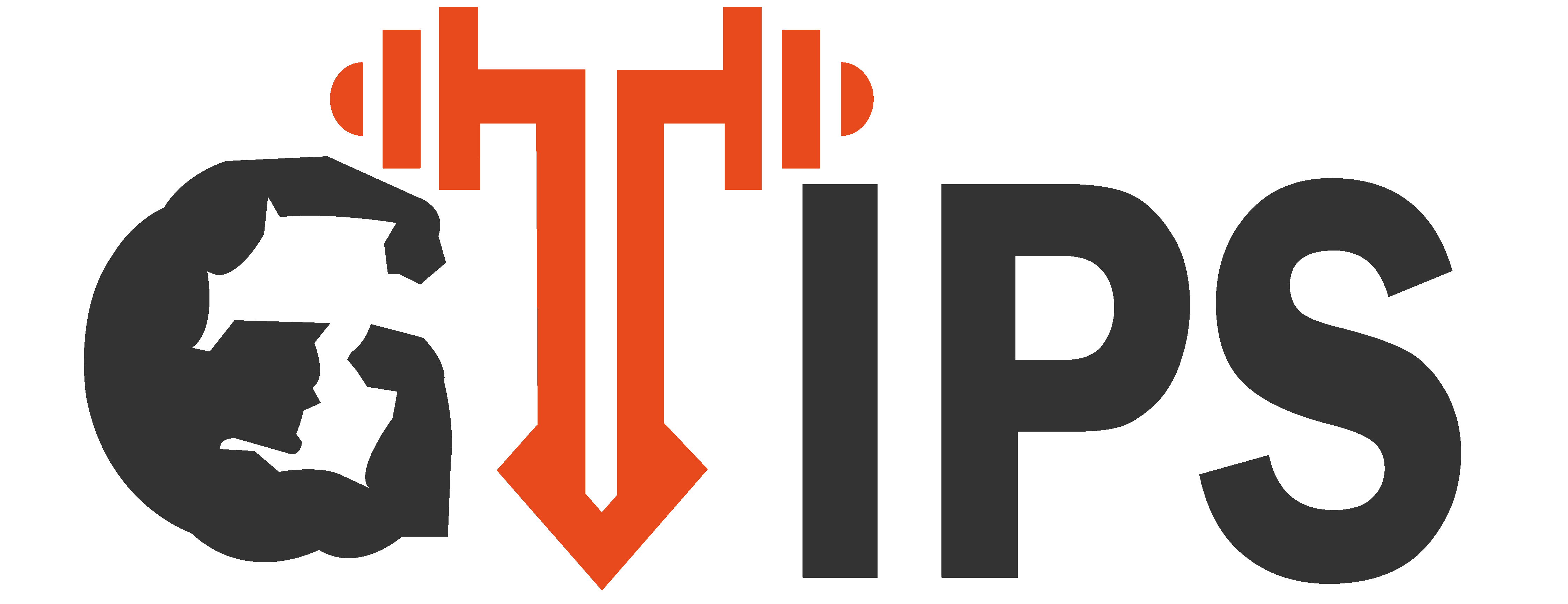Are you ready to change your body and unlock your muscle-building power in just four weeks? What if you could create weekly workout plans for muscle gain that really work?
Personal trainer Spencer Cartwright says building muscle needs a smart plan for strength training. Your muscle growth journey is about precise training, not random workouts. It’s about getting the most out of your training to grow muscles.
This guide will show you how to gain muscle the right way. Whether you’re new to lifting or have experience, you’ll learn how to make your workouts effective. You’ll see how to build muscle to its fullest.
Key Takeaways
- Achieve 2-3 pounds of muscle gain per week with structured training
- Implement targeted rep ranges for optimal muscle growth
- Balance compound and isolation exercises strategically
- Prioritize recovery to prevent muscle breakdown
- Design workouts under two hours for maximum efficiency
- Use four-day split training for complete muscle development
Understanding Muscle Growth and Training Fundamentals
When you start strength training, knowing about muscle hypertrophy is key to reaching your fitness goals. Muscle growth is a complex process that needs a smart plan and regular workouts.
The Science Behind Muscle Hypertrophy
Muscle hypertrophy happens when muscle fibers tear during workouts. Your body fixes these tears, making your muscles bigger and stronger. This process involves:
- Mechanical tension from resistance training
- Muscle damage during intense workouts
- Metabolic stress from exercise intensity
Key Principles of Strength Training
Effective muscle growth depends on a few key principles:
- Progressive overload: Gradually increasing weight or repetitions
- Proper exercise technique
- Adequate recovery periods
“Muscle growth is 20% training, 80% nutrition” – Fitness Experts
Benefits of Structured Muscle Training
Structured muscle training offers many benefits:
| Benefit | Description |
|---|---|
| Enhanced Metabolism | Increased muscle mass boosts resting metabolic rate |
| Improved Body Composition | Reduces body fat percentage |
| Increased Functional Strength | Better performance in daily activities |
By grasping these muscle growth basics, you can create better workouts. This leads to better results through consistent training.
Weekly Workout Routines for Muscle Gain
Creating effective weekly workout routines for muscle gain needs careful planning. You should know your body’s limits. Your strength training should hit different muscle groups and give them time to recover.
Experts say a structured plan is key for muscle growth. Comprehensive workout plans mix up training to boost muscle and avoid hitting a wall.
“The key to successful muscle gain is consistency and intelligent programming.” – Fitness Research Institute
Workout Split Strategies
- Full Body Workouts: Great for beginners
- Upper/Lower Split: Good for balanced muscle growth
- Push-Pull-Legs: For advanced muscle targeting
Here’s a sample weekly strength training plan:
| Day | Focus | Exercise Examples |
|---|---|---|
| Monday | Chest & Triceps | Bench Press, Dips |
| Tuesday | Back & Biceps | Pull-ups, Rows |
| Wednesday | Legs | Squats, Leg Press |
| Thursday | Rest/Recovery | Light Stretching |
| Friday | Shoulders | Overhead Press, Lateral Raises |
| Weekend | Active Recovery | Walking, Swimming |
Note: Always adjust your weekly workout routines based on individual fitness levels and recovery capacity.
Remember, increasing the challenge is key in strength training. Slowly add more weight, reps, or sets to keep pushing your muscles to grow.
Essential Components of an Effective Training Program
Creating a muscle-building program needs careful planning. You must know how to set up workouts for growth and avoid burnout. Let’s explore the key parts that will change your fitness path.
Training Frequency and Volume
Building muscle well depends on smart training frequency. Studies show that newbies do best with 2 to 3 weight training. As you get better, you can go up to 4 to 6 times a week.
- Beginners: 2-3 training sessions weekly
- Intermediate/Advanced: 4-6 training sessions weekly
- Rest periods: 48-72 hours between muscle group workouts
Progressive Overload Techniques
Progressive overload is key for muscle growth. It means slowly making workouts harder by:
- Increasing weight
- Doing more reps
- Adding more exercises
- Making exercises more challenging
“The key to continuous muscle growth is challenging your body beyond its current capabilities.”
Rest and Recovery Periods
Training regularly doesn’t mean never stopping. Rest and recovery are vital for muscle repair and growth. Make sure to get enough sleep and take strategic rest days to avoid overtraining.
| Recovery Aspect | Recommended Approach |
|---|---|
| Sleep | 7-9 hours nightly |
| Active Recovery | Light exercises or stretching |
| Muscle Group Rest | 48-72 hours between targeted workouts |
By using these key elements, you’ll build a strong training program. It will help you grow muscles consistently and avoid hitting a plateau.
Choosing Between Free Weights and Machines
When starting strength training, you must choose between free weights and machines. Both have their benefits for building muscle. They can be key parts of your workout.
Free weights are great for muscle activation and real-world strength. Studies show muscle activation can be 43% higher with free weight exercises like barbell squats. This is compared to machine exercises. Free weights work more stabilizing muscles, making your workout more complete.
“The best equipment is the one that challenges you while maintaining proper form and safety.”
Here are the main differences between free weights and machines:
- Free weights need more skill and balance
- Machines offer controlled, guided movements
- Compound movements are usually done with free weights
- Machine exercises focus on specific muscles
| Equipment Type | Muscle Activation | Learning Curve | Injury Risk |
|---|---|---|---|
| Free Weights | High | Steep | Higher |
| Machines | Moderate | Low | Lower |
For beginners, machines are safer. They have a low learning curve and lower injury risk. As you get better, adding free weights is key for full strength and muscle growth.
Finding a balance is important. Mix compound movements from free weights with specific machine exercises. Your goals, experience, and physical state will help choose the right equipment.
Split Training vs Full Body Workouts
Creating effective workout plans for muscle gain is key. Your choice of training method greatly affects muscle growth, recovery, and fitness progress.
There are two main workout methods: split training and full-body workouts. Each has its own benefits for muscle targeting and compound movements.
Push-Pull-Legs Split
The push-pull-legs split divides workouts into three days:
- Push Day: Chest, shoulders, triceps exercises
- Pull Day: Back, biceps, rear deltoids
- Legs Day: Quadriceps, hamstrings, calves
Upper-Lower Body Split
Another split routine focuses on upper and lower body muscles. It allows for focused muscle growth and recovery time.
| Split Type | Weekly Sessions | Muscle Group Focus |
|---|---|---|
| Push-Pull-Legs | 3-4 days | Specific muscle groups |
| Upper-Lower | 4 days | Balanced upper/lower body |
Full Body Training Benefits
Full-body workouts are great for those short on time. They use compound movements that work many muscles at once, making workouts efficient.
“Efficiency is doing things right; effectiveness is doing the right things.” – Peter Drucker
Choose a workout routine that fits your fitness level, schedule, and goals. Trying different methods will help you find what works best for you.
Nutrition Strategies for Maximum Muscle Growth
Building muscle is not just about eating more. Your diet’s macronutrients are key for muscle growth. Knowing how to fuel your body is vital for success.
To maximize muscle growth, focus on these nutritional strategies:
- Create a slight calorie surplus (5-10% above maintenance calories)
- Consume at least 1.4 grams of protein per kilogram of body weight
- Balance macronutrients for optimal muscle support
Protein is essential for muscle development. For a 160-pound person, aim for about 160 grams of protein daily. Quality matters as much as quantity. Opt for lean protein sources like:
- Chicken breast
- Lean beef
- Fish
- Eggs
- Greek yogurt
“Nutrition is the foundation of muscle growth. Without proper fuel, your training efforts will fall short.” – Professional Strength Coach
Your diet should have:
- 30-35% protein
- 55-60% carbohydrates
- 15-20% healthy fats
Consistent training and precise nutrition are key to muscle growth. Track your progress, adjust your diet as needed, and stay committed to your diet and workout.
Proper Form and Exercise Technique
Mastering proper technique is key in strength training. It’s not just about lifting weights, but lifting them right. Getting the form right can lead to better muscle growth and avoid injuries.
Learning the details of exercise technique takes time and effort. Both newbies and seasoned athletes need to keep working on their form. This helps engage muscles better and lowers the risk of getting hurt.
Common Training Mistakes to Avoid
- Using momentum instead of controlled muscle contractions
- Neglecting full range of motion in exercises
- Lifting weights too heavy without proper form
- Skipping warm-up and cool-down routines
Form Optimization Tips
Here are some tips for compound movements:
- Keep your spine straight during lifts
- Use your core for stability
- Control the lowering part of each rep
- Breathe smoothly throughout the movement
Safety Considerations
| Training Level | Rest Interval | Recommended Sets |
|---|---|---|
| Beginner | 60-90 seconds | 2-4 sets |
| Intermediate | 90-120 seconds | 3-4 sets |
| Advanced | 120-180 seconds | 4-5 sets |
“Perfect technique trumps heavy weights every time.” – Professional Strength Coach
Always put proper form first for lasting muscle growth and fitness. Don’t let pride get in the way of your strength training.
Tracking Progress and Adjusting Your Routine
Tracking your fitness journey is key for lasting muscle growth. You need a plan to watch your strength and body changes. By tracking your progress, you’ll get insights to keep improving.
Good tracking means looking at several important signs. These signs show how your fitness is changing. Here are some key ones:
- Body measurements
- Progress photographs
- Strength performance logs
- Weight lifted per exercise
Your workout journal is a great tool for seeing your growth. Keeping a detailed record of your workouts is important. It helps you see how you’re doing and where you might need to improve.
| Tracking Method | Frequency | Purpose |
|---|---|---|
| Body Measurements | Every 2-4 weeks | Monitor muscle growth |
| Strength Testing | Monthly | Assess performance improvements |
| Progress Photos | Monthly | Visual muscle development tracking |
Pro tip: Don’t get discouraged by short-term ups and downs. Look at the big picture to see your steady progress.
“What gets measured, gets managed” – Peter Drucker
Remember, progressive overload is about making small, smart changes. Increase weights, change reps, or adjust how hard you’re working out. Your body adapts fast, so keep it on its toes for the best muscle growth.
Conclusion
Building muscle is a strategic process that needs dedication to weekly workout routines. Your success depends on consistent training and understanding your body’s needs. A holistic approach to muscle development is key.
Creating a sustainable program is essential. It should balance workout intensity, nutrition, and recovery. This balance is vital for muscle growth.
Remember, muscle growth is not a straight line. Your body changes, so your training must too. Use progressive overload, eat enough protein, and rest well between workouts.
Tracking your progress and making smart changes is important. This helps you grow muscle effectively.
Following the strategies in this guide will help you grow muscle significantly. Stay consistent, understand your body, and be patient. With the right commitment, you can change your physique and reach your muscle-building goals.
Your muscle gain journey is about learning and adapting. Stay motivated, listen to your body, and stick to your workout routines. The principles here will help you build strength, muscle, and improve your overall fitness.
FAQ
How often should I train to build muscle?
To build muscle, train each muscle group 2-3 times a week. Make sure to rest for 48-72 hours before training the same muscles again. Beginners might start with 3-4 workouts a week. Advanced lifters can do 4-6 sessions, depending on their training and recovery.
What are the best exercises for muscle hypertrophy?
The best exercises for muscle growth are compound movements. These include squats, deadlifts, bench presses, and rows. They work multiple muscles at once, helping you grow stronger and bigger.
How important is nutrition in muscle building?
Nutrition is key for muscle growth. You need to eat more calories than you burn, by 250-500 calories. Also, eat 1.6-2.2 grams of protein for every kilogram of your body weight. Focus on quality proteins, carbs, and fats to help your muscles recover and grow.
How long does it take to see noticeable muscle gains?
You might see muscle definition in 8-12 weeks with regular training and good nutrition. After 3-6 months of hard training, you’ll see more muscle growth. This depends on your genetics, how hard you train, and what you eat.
Should I use free weights or machines?
Using both free weights and machines is best. Free weights help build functional strength and work your stabilizer muscles. Machines target specific muscles and offer controlled movements. Focus on free weights for compound exercises and use machines for specific muscle work.
How do I prevent workout plateaus?
To avoid plateaus, increase the weight you lift, change your rep ranges, or try new exercises. Take deload weeks every 4-6 weeks. Make sure you eat well and rest enough. Changing your workout routine also helps keep your muscles challenged.
What’s the best workout split for muscle gain?
The best workout split varies by experience level. Beginners do full-body workouts 3-4 times a week. Intermediate lifters might prefer Push-Pull-Legs or Upper-Lower splits. Advanced trainers can use more complex splits or high-volume routines.
How important is rest and recovery?
Rest is vital for muscle growth. Aim for 7-9 hours of sleep each night. Give your muscles 48-72 hours to recover between intense workouts. Active recovery and proper nutrition are also important. Too much training can stop muscle growth and increase injury risk.
Do I need supplements for muscle gain?
Supplements can help with muscle gain, but they’re not essential. Protein powder, creatine, and amino acids are useful. But, always eat whole foods first. Use supplements to support your diet and training.
How do I track my muscle-building progress?
Track your progress with photos, body measurements, and strength gains. Use a training journal or app to log your workouts. Take measurements every 4-6 weeks to see how you’re doing.






